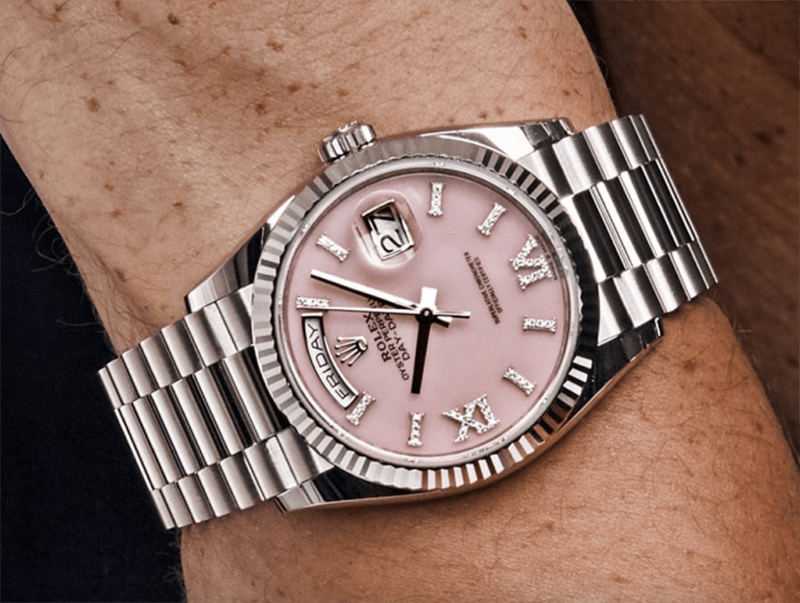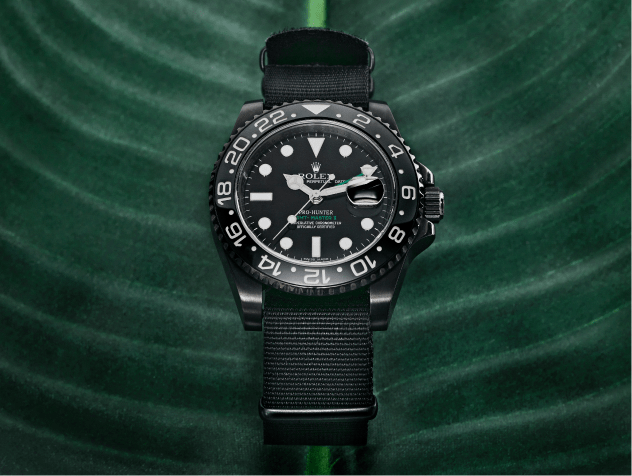Introduction
In recent years, the rise of smartwatches has revolutionized the way we perceive timepieces. These innovative gadgets, equipped with advanced technology and connectivity features, have gained immense popularity among consumers worldwide. However, their rapid ascent has also raised questions about the future of traditional watches. This blog post will delve into the rise of smartwatches and their influence on the traditional watch industry. We will explore the features, functionalities, and advancements in smartwatches that have attracted consumers, as well as the challenges faced by traditional watchmakers in adapting to this new trend. Additionally, we will discuss the pros and cons of both types of watches and the evolving preferences of consumers.
The Rise of Smartwatches
Smartwatches have emerged as a significant player in the wearable technology market. With their ability to sync with smartphones, track fitness activities, provide notifications, and offer a wide range of apps, smartwatches have become more than just timekeeping devices. They offer a plethora of functionalities that cater to the demands of today's tech-savvy consumers.
One of the primary attractions of smartwatches is their ability to integrate seamlessly with smartphones. Users can receive calls, read messages, and even respond to them directly from their wrists, eliminating the need to constantly check their phones. This feature provides convenience, especially in situations where reaching for a smartphone might be impractical or disruptive.
Fitness tracking is another major advantage of smartwatches. These devices can monitor heart rate, count steps, track distance, and even measure sleep patterns. With the increasing emphasis on health and fitness, smartwatches have become valuable tools for individuals looking to lead healthier lifestyles.
Advancements in Smartwatch Technology
Smartwatches have come a long way since their inception, with significant advancements in technology. Today's smartwatches boast high-resolution touchscreens, voice recognition, built-in GPS, and even the ability to make contactless payments. These innovations have further solidified their position as indispensable gadgets for tech enthusiasts.
Moreover, smartwatch operating systems have evolved to offer a more user-friendly experience. Companies like Apple, Samsung, and Google have developed intuitive interfaces and optimized app ecosystems that enhance the functionality and appeal of smartwatches. Users can customize their watch faces, download apps for productivity, entertainment, and health, and even personalize their notifications to suit their preferences.
Challenges Faced by Traditional Watchmakers
While smartwatches have gained considerable popularity, traditional watchmakers have faced challenges in adapting to this new trend. The primary challenge lies in differentiating their products from smartwatches. Traditional watches rely on craftsmanship, precision engineering, and timeless designs to appeal to consumers, whereas smartwatches emphasize functionality and connectivity.
Additionally, the rapid pace of technological advancements poses a challenge for traditional watchmakers. As smartwatches continuously improve and introduce new features, consumers may be more inclined to invest in a device that offers multiple functionalities. This poses a threat to the traditional watch industry, which relies on the appreciation of mechanical movements and the artistry associated with traditional timepieces.
Pros and Cons: Smartwatches vs. Traditional Timepieces
Both smartwatches and traditional timepieces have their own unique advantages and drawbacks. Smartwatches excel in terms of functionality, offering features like notifications, fitness tracking, and app integrations. They also provide the convenience of quick access to information and connectivity on the go. However, they often have limited battery life, requiring frequent charging, and may lack the timeless appeal of traditional watches.
On the other hand, traditional timepieces evoke a sense of elegance, luxury, and craftsmanship. They are often considered collectibles, and some models even appreciate in value over time. Traditional watches require minimal maintenance and can last for generations. However, they lack the technological advancements and modern features that smartwatches offer.
Evolving Consumer Preferences
Consumer preferences have been shifting in recent years, reflecting the growing demand for smartwatches. The younger generation, in particular, is more inclined towards smartwatches due to their integration with digital lifestyles. Smartwatches offer a seamless blend of style and functionality, aligning with the tech-centric preferences of younger consumers.
That said, there is still a market for traditional timepieces, especially among watch enthusiasts and collectors. These individuals appreciate the craftsmanship, heritage, and artistry associated with traditional watches. Luxury watch brands continue to thrive, catering to consumers who value exclusivity and timeless elegance.
Conclusion
Smartwatches have undoubtedly made a significant impact on the traditional watch industry. Their rise in popularity can be attributed to the features, functionalities, and advancements they offer, as well as their ability to cater to the demands of tech-savvy consumers. While traditional watchmakers face challenges in adapting to this new trend, there is still a market for their timeless creations.
In the end, the choice between a smartwatch and a traditional timepiece boils down to personal preferences and lifestyle needs. Whether one opts for the convenience and connectivity of a smartwatch or the craftsmanship and timeless appeal of a traditional watch, both types of timepieces have their own place in the ever-evolving world of horology.











